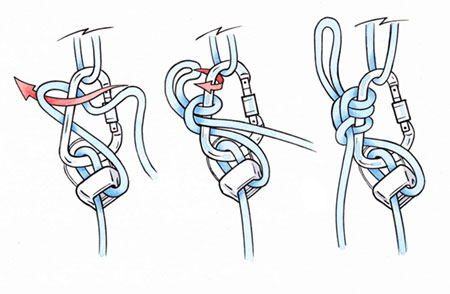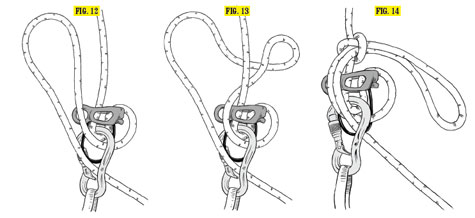
International Alpine Guides Blog, News and Articles
Guiding the mountains of the world since 1979


PH: 877-686-2546 (MTN-CLIMB)
EMAIL: info@InternationalAlpineGuides.com
Po Box 1461
Mammoth Lakes, California 93546
Copyright © 2025, International Alpine Guides. All rights reserved.
International Alpine Guides, California Alpine Guides LLC & Alpine Skills International provide mountain guides, ski tours, mountain climbing, guided treks and rock climbing in the United States & throughout the world and under special use permits from Yosemite National Park, Sequoia/Kings Canyon National Park, Lassen National Park, Inyo National Forest, Humboldt/Toiyabe National Forest, Shasta/Trinity National Forest, Eldorado National Forest & the Tahoe National Forest
California Alpine Guides LLC & International Alpine guides also operates under the DBA of Alpine Skills International.
“In accordance with Federal law and U.S. Department of Agriculture (USDA) civil rights regulations and policies, this institution is prohibited from discriminating on the basis of race, color, national origin, sex, age, disability, and reprisal or retaliation for prior civil rights activity. (Not all prohibited bases apply to all programs.) Persons with disabilities who require alternative means of communication for program information (e.g., Braille, large print, audiotape, American Sign Language, etc.) should contact the responsible State or local Agency that administers the program or USDA’s TARGET Center at (202) 720-2600 (voice and TTY) or contact USDA through the Federal Relay Service at (800) 877-8339. Additionally, program information is also available in languages other than English. To file a complaint alleging discrimination, complete the USDA Program Discrimination Complaint Form, AD-3027, found online at http://www.ascr.usda.gov/complaint_filing_cust.html, or at any USDA office or write a letter addressedto USDA and provided in the letter all of the information requested in the form. To request a copy of the complaint form, call (866) 632-9992. Submit your completed form or letter to USDA by: (a) mail: U.S. Department of Agriculture Office of the Assistant Secretary for Civil Rights, 1400 Independence Avenue, SW, Washington, D.C. 20250-9410; (b) fax: (202) 690-7442; email: program.intake@usda.gov.” “USDA is an equal opportunity provider, employer, and lender.”
Site Design: www.sharpenddesigns.com





